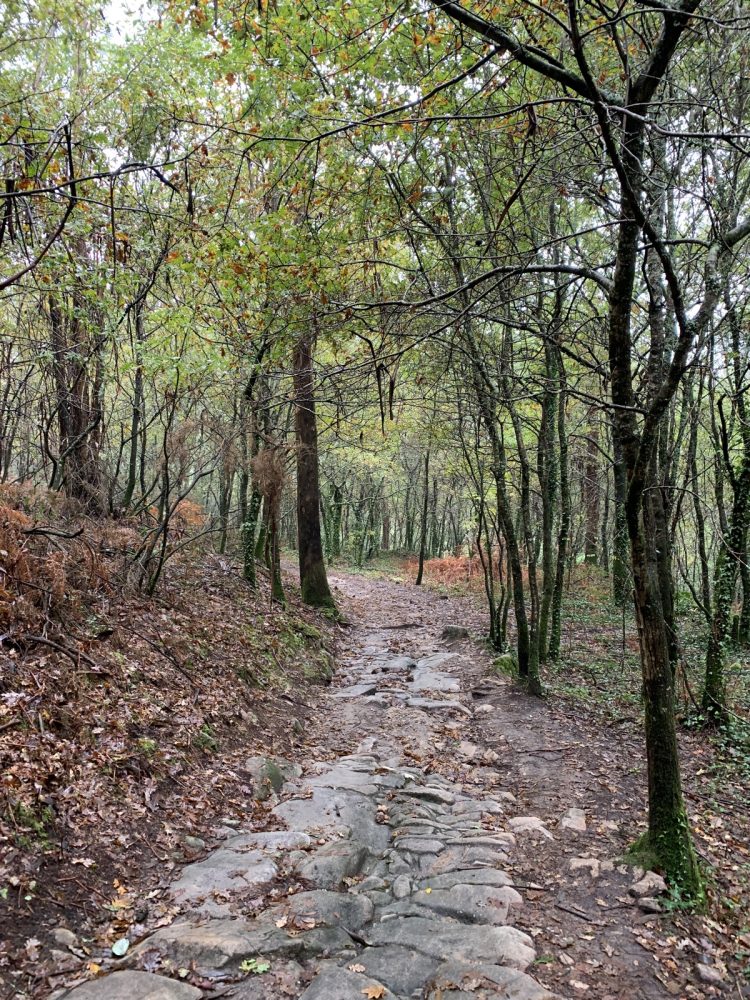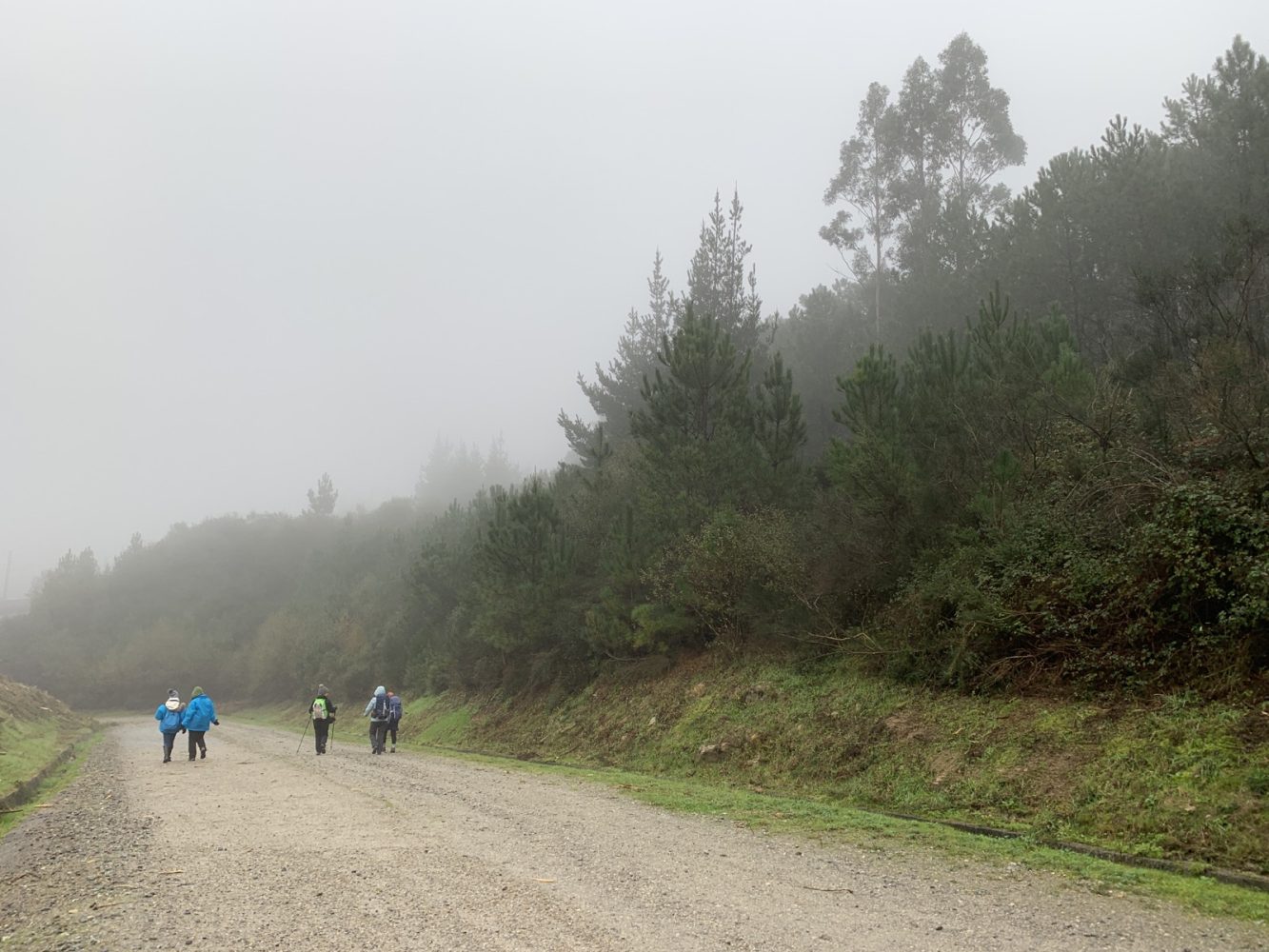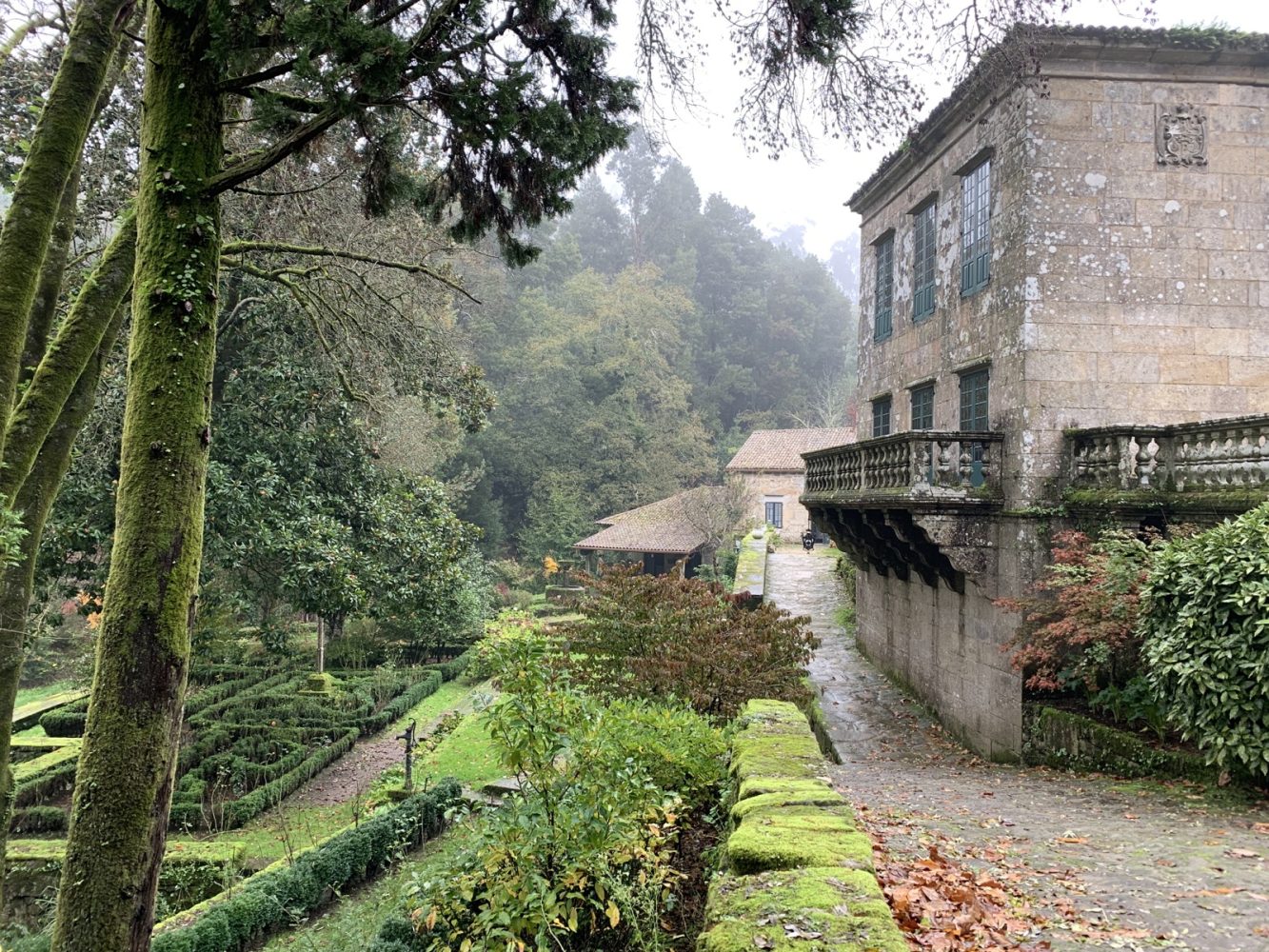Developing Cultural Routes and Itineraries

French route of Santiago (2019); Source: Roberto F Alonso-Jiménez

French route of Santiago (2019); Source: Roberto F Alonso-Jiménez

French route of Santiago (2019); Pazo do Faramello; Source: Roberto F Alonso-Jiménez
According to the ICOMOS Charter on Cultural Itinerary (2008), a cultural itinerary is “Any route of communication, be it land, water, or some other type, which is physically delimited and is also characterized by having its own specific dynamic and historic functionality to serve a specific and welldetermined purpose, which must fulfill the following conditions:
a) It must arise from and reflect interactive movements of people as well as multi- dimensional, continuous, and reciprocal exchanges of goods, ideas, knowledge and values between peoples, countries, regions or continents over significant periods of time;
b) It must have thereby promoted a cross-fertilization of the affected cultures in space and time, as reflected both in their tangible and intangible heritage;
c) It must have integrated into a dynamic system the historic relations and cultural properties associated with its existence“.
This consentual definition given by ICOMOS is not identical to the one included in the Practical Guidelines to the implementation of the UNESCO World Heritage Convention (2019), that speak about “heritage routes” even though they refer to this type of assets. Cultural routes, however, are not historic phenomena of universal relevance and that have generated a shared heritage throughout time and space. They are instruments of promoting and, sometimes, managing heritage, specifically designed around a topic that can even be based on a historical route, but that does not necessarily imply the existance of a phisycal route, used throughtout a broad period of time and that have generated cultural exchanges and heritage assets as a consequence of its shared use by different cultures or civilizations. In conclusion, cultural and turistic routes are intelectual and intentional creations, while Cultural Itineraries “are not simple ways of communication and transport which may include cultural properties and connect different peoples, but special historic phenomena that cannot be created by applying one’s imagination and will to the establishment of a set of associated cultural assets that happen to possess features in common“ (ICCR, 2008). Promotion, dissemination, tourism and marketing are the essential objectives of the touristic-cultural routes, while Itineraries are complex and multidimensional heritage assets that emerged as a response to other needs (spiritual, religious, comercial, etc.) (Ibid). The variety of cultural routes is limitless, from the promoted by the Council of Europe, at an European level, obviously, but even intercontinental, going through cultural routes of national o regional range, to the routes with touristic-cultural character that are in many territories, cities, municipalities, or networks between them. Routes can also be grouped from a thematical or typological point of view, by the way they are transited (virtually, on foot, by bicicle…) (Martínez, 2011)